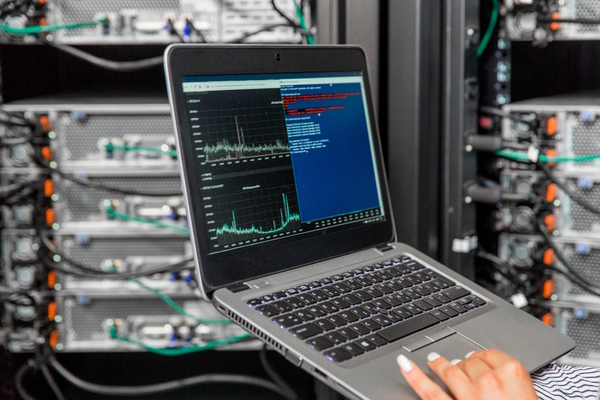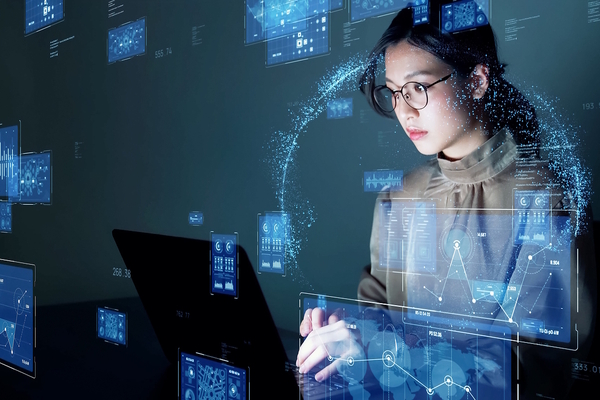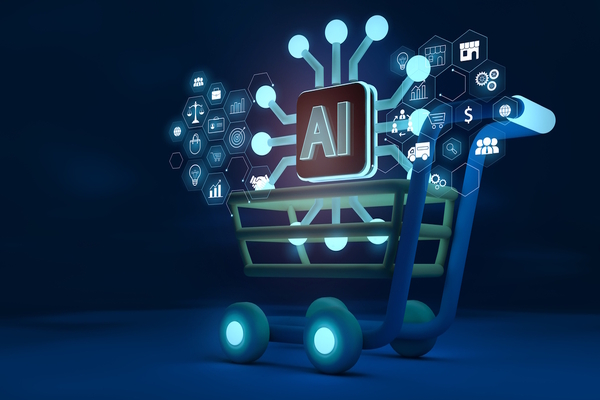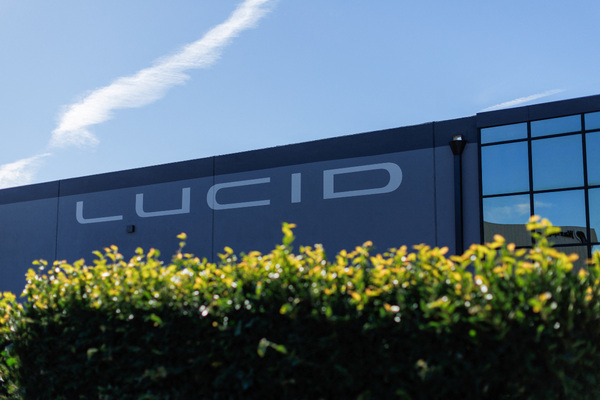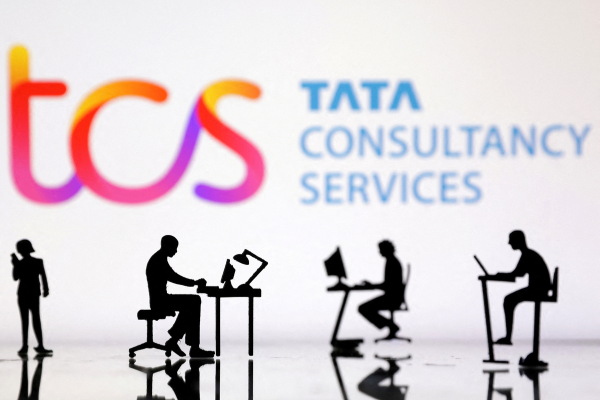SupplyChainTalk: The future of AI in supply chains - from hype to impact
On 26 March 2025, SupplyChainTalk host Alastair Charatan was joined by Martin Miller, Ex-Director of AI/ML Production Operations, Levi Strauss & Co; Patrick Strauss, CEO, TomorrowsLeaders.Today; and Anne-Flore Elard, Principal Product Manager, AI, Kinaxis.
Views on news
A cargo of 16,000 metric tons of steel pipes sitting in a German warehouse epitomises the chaos that has been let loose by the Trump administration’s new tariffs. It’s one of countless deals caught in the crossfire sparked by a proposal from the Office of the US Trade Representative aimed at curbing China’s dominance of the shipbuilding, logistics and maritime industry. (China now produces more than half of the world’s cargo ships by tonnage.)
The US’s imposition of levies and additional export requirements are designed “to create leverage to obtain the elimination of China’s targeting of these sectors for dominance,” according to the initial proposals issued by the USTR on Feb. 21. Firms would be penalized using a formula based on their fleet’s existing share of Chinese-built ships. Some vessels could attract fees of up to $3.5 million per port call if they are Chinese built with a Chinese operator which also has a ship on order from a Chinese manufacturer.
This is expected to have a huge impact on ports and the supply chains of American companies as even products manufactured in the US often have imported raw materials that are shipped into the country. Although AI is not a panacea, it may help manage the situation by designing new routes and optimising calls at US ports. However, even with technological enablers, it will take supply chains some time to adapt.
With advanced AI, it’s become easier to run not just an A and B scenario but a number of alternative scenarios than it has been with predictive methods. GenAI can be leveraged in multiple ways in data processing – demand planning, improving data quality, data coherence and so on. The integration of AI with legacy decision engines is not straightforward.
From predictive to self-learning algorithms
Data analytics rely on historic data to a large extent. AI can combine that with telemetry data and also help clean it. What AI can’t replace, though is subject matter expertise. Moving from predictive to autonomous data doesn’t need to be one big shift.
The latest revolutionary development is that AI models now can learn from what choices humans would have made in the same situation via a recording where they explain what else the model should have considered and what could’ve been a better decision – which is then fed into the model. Scaling is a central issue with AI, as this is when it reaches its maximum impact on productivity.
AI’s math is easy to scale but not the operations around it including the infrastructure and human skills that scaling requires. If an earlier process done monthly can be repeated on a weekly basis, thanks to AI, the question is whether the business as an organisation can in fact manage that frequency with existing resources, where, for example, the costs of extra computing capacity must also be factored in.
AI that aggregates information at night on all disruptions and unexpected events that can affect your supply chain and provides you with a summary of them first thing in the morning may sound utopistic, but with current technology, it’s now within reach. The revolutionary nature of what’s happening in technology right now is reflected by how it changes the way we were doing things yesterday and how it’ll completely change our processes.
The panel’s advice
- An analogy to explain the difference, while predictive AI gives us the map, autonomous will drive the car for us.
- If you can’t answer the question why you need a technology deployment, don’t even start a pilot. If you don’t have RoI in a small experiment with AI, don’t scale it.
- Experts’ role is to sift through the hype around AI.
- AI shouldn’t be seen as a tool but rather as a collaborative teammate.

Business Reporter Team
Most Viewed
Winston House, 3rd Floor, Units 306-309, 2-4 Dollis Park, London, N3 1HF
23-29 Hendon Lane, London, N3 1RT
020 8349 4363
© 2025, Lyonsdown Limited. Business Reporter® is a registered trademark of Lyonsdown Ltd. VAT registration number: 830519543
